With stunning views, warm year-round weather, top-notch food and an incredible art scene, it’s easy to understand why California is one of the top road-trip destinations in the United States. This past fall, with a desire to chase the fading summer sun I said yes to a two week California adventure, including a seven night camper van road trip. Yosemite, Monterey, Big Sur, Santa Barbara and a surprise wine detour through Paso Robles have all become travel highlights. In all, it was a nearly 2,000 kilometre journey between San Francisco and Los Angeles. If you’re dreaming of cruising the Golden State, this California camper van travel guide is a must read, if I do say so myself.
California Camper Van Road Trip Guide
Pick a Route
North to south. Or south to north? We chose to fly into San Francisco and then leave from LA. All things being equal in terms of flight prices, I highly recommend this route for anyone doing a road trip between the two cities. By doing so, you’ll be able to enjoy the best views along the Highway 1 portion of the trip, as you’re on the southbound lane closest to the ocean. This sequence also means you’ll be in the cooler higher elevation of Yosemite first and gradually work your way towards warmer temperatures and beaches. Those beaches are an incredible reward for all the hiking and camping you have in store. It also limits the inevitable sand in your sheets for the final few nights instead of the whole trip.
Note: in May 2017, landslides took out multiple bridges and roadways along the iconic Highway 1 drive between Big Sur and San Simeon. Thankfully much of the route is once again operational. However, bridge construction around aptly named Mud Creek is ongoing until late summer 2018. This means the most efficient drive straight down the coast is not physically possible. However, when one door closes, another opens. The detour inland along Highway 101 will take you through the impressive Paso Robles wine region and surrounding farms. Thank the wine gods for this ‘detour’ and make the most of the extra miles by taking time to tour the area.
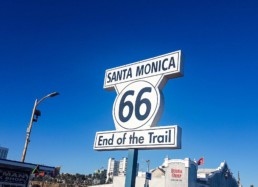
Destination Highlights
San Francisco
Worth a trip all on its own, spending two days in this vibrant city will give you plenty of memories. Top picks: Visit the San Francisco Museum Of Modern Art, cycle the city’s famous boardwalks and infamously steep hills including Lombard Street, then get your fill at SOMA StrEat Food Park. Of course, you haven’t truly experienced San Fran unless you cross the Golden Gate Bridge or snap a few pictures of Alcatraz.
Yosemite National Park
Over three million people visit the park annually for epic rock climbing, hiking and camping alongside spectacular mountain views. Accommodation ranges from luxe lodges ($350 USD per night) to very basic campsites without running water ($18 USD per night). My top pick for Yosemite: get your step count up with hikes to scenic Glacier Point or Mt. Dana, the park’s second highest peak at 13,050 feet. Be sure to stock up on food and gas before entering the park, where supplies are limited and costs inflated.
Monterey
After days in the wilderness you’ll appreciate the upscale vibe and foodie charms of this well known coastal town. My advice: skip the pricey Monterey Aquarium and stroll the main street for great shops and patios before cruising scenic 17 Mile Drive at Pebble Beach before sunset.
Big Sur
So much more than a single State Park, the region is home to breathtaking coastal hiking trails at Garrapata and Andrew Molera State Parks to name a few. Though lesser known than the iconic McWay Falls, these trails offer compelling views and fewer tourists. To celebrate being the only ones along Andrew Molera Beach at sunset, we recommend bringing champagne. My advice: Plan ahead and book the three hour Point Sur Lighthouse tour (only offered Wed, Sat, Sun), or keep things spontaneous and splurge on sunset cocktails at Rocky Point Restaurant, just one of the many high-end dining options dotting the coast.
Paso Robles
Sonoma and Napa are famous for their wines, but true wine fanatics know that to the south lies an up and coming gem Paso Robles. The region is home to several well known vintners including 60% of J. Lohr’s vineyards, plus unique caves at Eberly Winery, casual horseshoe games at Chronic Cellars, or stunning sunset views off the Adirondack filled deck of Le Cuvier.
Malibu
Whether you want to learn to surf, or simply want to watch others taking a shot, this is what California camper van road trip dreams are made of. Get up early with the sun and catch entire surfing families take to the water. As you’ll be traveling by camper van, don’t be afraid to prep and enjoy breakfast on the beach while you take in the show. Within a few miles of Malibu, your dream of camping right on the beach is also a reality thanks to Thornhill Broome Beach within Point Mugu State Park. For $35 per night, you’ll not only enjoy ocean views but quite literally be on the beach.
Los Angeles
The city of angels is the city that has it all for adventurous travelers. Explore art, food trucks, music, beaches and hiking the hills if you want to get out of the traditional LA ‘scene’. If that same ‘scene’ is more your style, prepare for plenty of celeb spotting and mansions while cruising the streets of Bel Air. For my top recommendations no matter what your budget, check out 24 Hours in Los Angeles: A Day of Eating, Drinking & Art in LA.
Santa Monica
With a location mere minutes from LAX, you’re bound to finish your trip close to Santa Monica. Check out the Pier (admittedly a classic tourist trap), walk the beach, or dine at Herringbone for killer happy hour oysters from 4pm to 7pm.
Thoroughly Plan Ahead – Then Prepare to Forget the Plan
This one may sound confusing, but trust me, it’s one of the most important elements of any road trip. I’m a planner. Okay, I’ll admit, when it comes to travel I’m downright obsessive in my planning. By taking the time to know the main routes, time between major cities, and even downloading state park guides ahead of the trip, travelers can be more confident making decisions on the fly (which is inevitable). The benefit of literally downloading and reading before your trip is that you spend less time (and costly data on your cell phone) debating while you’re on the road, instead of actually enjoying being on the road. Further, a quick review of sites such as Eventbrite or Ticketmaster can shed light on notable community or sporting events worth adding to your itinerary.
When it comes to camper van accommodation, excellent resources for booking campsites can be found at Reserve California (particularly for state parks around Big Sur and Santa Barbara) and the National Park Service (for Yosemite National Park). If you’re traveling during the peak summer tourism months of May through September, it’s critical to book campsites early. Bookings open six months in advance and can fill up within minutes. Our trip took place in late October, however 90% of options within Yosemite were already taken. While some non-bookable ‘first-come-first-serve’ sites do exist, they often mean driving upwards of an hour from the more ideal campground locations. Campsites along the coast are more flexible, though local festivals and events can throw a wrench in plans if you’re not aware of them.
Case in point, we left one night of our seven day trip unbooked so we could be ‘spontaneous’. It happened to be a Saturday. This was mistake #1, as weekends have the highest demand for accommodations from a mix of tourists and locals. We had researched different parks in the area, but neglected to look up events that might be taking place. This was unlucky mistake #2. It turns out the region we were in was hosting both a Fall Harvest wine festival and the annual Cal Tech parents weekend. Demand for accommodation was sky high, with even the lowliest of motels selling out at $250 per night instead of their regular $50. Trust me when I say that being turned away from simply parking in a seedy motel lot at 10 pm is not the type of spontaneous travel adventure I had in mind.
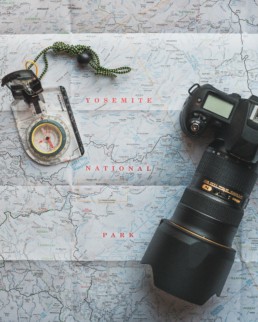
Take Your Time
Our trip covered 2,000 kilometres in seven days. With a penchant to stop for photo ops and a fondness for trying local restaurants and wineries, that turned out to be an aggressive pace to say the least. In retrospect, nine days would have been ideal, allowing a more relaxed timeline to enjoy the sights and stops of the trip.
Remember, you’ll also be ‘cruising’ in a camper van (in our case, a retrofitted 14 person Ford Econoline), which doesn’t quite drive like a sports car. Despite being confident drivers, both my travel companion and I rarely reached the 55 or 65 mile per hour speed limit on the often winding roads we traveled. We routinely over-estimated our speed capabilities or underestimated our distance. The result was arrival at camp sites after 10pm in the pitch dark. My recommendation, take your time and schedule your drive days in a way that allows for arrival at most locations during daylight.
Seven nights in a camper van certainly doesn’t mean you need to spend each night in a different location. Our travels included extended stays in Yosemite (three nights) and Big Sur (two nights). These ‘extended’ stays provided some of the best experiences during our road trip. When you don’t have to contend with multi-hour drives or the uncertainty of campsite check-ins after sundown, you’re free to really enjoy your days. Read, eat, hike, rent a bike, or surf for that matter.
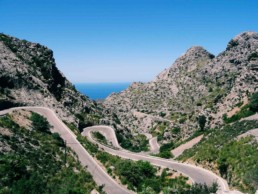
Choosing The Right Campervan Company
As you can imagine, road tripping through California isn’t a new idea. However, for all of its popularity, there is a real lack of reputable companies with multiple pick up and drop locations, and well built vehicles along with generous mileage and gear plans. Consider Escape Campervans (the total package), Jucy RV Rentals (easy to drive), Bongo Buggies (wi-fi enabled), or Lost Campers USA. To be clear, camper vans are not RVs. They often include a fold down bed, small sink and fridge units that comfortably accommodate two adults. Don’t expect a bathroom on board or the ability to move or lounge about while the vehicle is in motion.
Ultimately we chose Escape Campervans for the large amount of gear and mileage they include with their rentals. Add-ons like a GPS unit ($5 per day) and extra mileage (200 miles per day instead of the base 100 miles at a cost of $15 per day) are well worth the investment. Escape engages local artists to produce unique murals on each vehicle in their fleet. We received ‘Dark Star’ and had a blast.
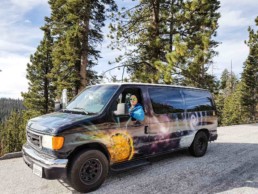
Money Saving Tips to Extend Your Budget
Part of the allure of a California camper van road trip is the idea of more budget conscious travel. Your car rental and hotel are conveniently all in one. You’ll have no other costs at all, right? Well, this isn’t quite the case. Overnight campsite fees are required in all National and State Parks (ranging from $18 to $50 USD per night). Otherwise, overnight parking on city streets is against most local bylaws and police will pay you a visit. There are apparently ways to park for free on federal and state land (and the odd Walmart parking lot), however getting reliable information on these locations eluded us for the duration of the trip. Not to mention the fact that ‘dispersed’ camping (otherwise referred to as ‘boondocking’) comes with no nearby washroom or water facilities. Again, I must reiterate, a camper van is NOT an RV!
California gas costs are also amongst the highest in the nation. Prepare to pay upwards of $3.10 USD per gallon (as of October 2017). Our late model camper van achieved an average of 400 to 450 miles per 25 gallon tank fill up. For traveling nearly 1,200 miles in a week, our gas cost was approximately $250 USD. Make sure you budget for this as you plan your travels.
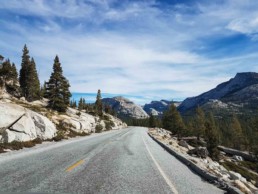
One definite area of savings comes in food costs. Leverage your camper van mini fridge, cooking tools and storage space to the max. I recommend grocery shopping every three or four days (assuming you’re close to any stores). This ensures you’re able to buy fresh produce, avoid spoilage and aren’t tripping over too many grocery bags as you move around the camper van each day. The Trader Joe’s grocery chain (over 190 California locations) became our go to destination for fruit, vegetables, pre-made salads, breakfast items and even delicious steaks. Supplemented, of course, by Safeway and Vons grocery stores for ice as well as their larger beer and wine selections. Furthermore, if you have a general sense of the meals you plan to prepare, consider bringing specific spices, condiments and favorite energy bars and snacks from home instead of buying everything in California. Assuming you’ve got the space in your luggage, it’s much easier to grab some cinnamon and a few honey or ketchup packets from home instead of buying full size containers once you land.
While you’ll definitely enjoy proper restaurant meals on occasion, a camper van creates entirely new possibilities when it comes to dining out. Why not opt for takeout then drive your meal to a scenic viewpoint for dinner? Save the hassle of cooking while skipping the extra costs of restaurant drink prices and tipping. Once you’re safely parked for the night, you and your travel companion are free to take turns playing bartender.
Camper Van Highlights and Lowlights
California was my first camper van experience. While I like adventure, extended periods of camping and driving aren’t usually my idea of rewarding travel. The advantages of flexibility in travel timing and destinations was certainly a huge factor in trying this type of vacation. Ultimately it was the range of stunning views and active experiences enjoyed while on the trip that made it so memorable. And these definitely wouldn’t have been possible if weren’t for travelling camper van style. Here are a few more of the pros and cons to consider before committing to a California camper van road trip.
Highlights:
Budget friendly. Enjoy flexibility and savings on your accommodation and food expenses. But let’s be realistic, while it is technically possible to survive on peanut butter sandwiches for a week, it’s not fun. The camper van allows you to choose where and when to splurge on activities, event tickets, meals and the odd hotel at any budget level.
You’re in control. Whether touring, choosing routes, extending activities and stopping for spontaneous naps or photo ops, it’s all on the table. Enjoy not being bound by the restrictions of other travelers in larger tour groups.
Alone at last. It’s much easier to avoid crowds by traveling via camper van. If you pull up to a beach, winery or art gallery and too many tourists are there, simply switch up your itinerary or move on to the next spot. With a reasonably sized camper van, you can also drive to many places where large tour buses or RVs physically can’t. This is particularly true in places like Yosemite and Big Sur.
A sense of community. Passing by other brightly painted camper vans, one can’t help but give a wave and friendly honk. You’re bound to meet fellow like minded travelers while on a California camper van road trip. In my experience, they are usually more than willing to swap stories, share tips, and even lend supplies when you’re in a pinch.
Lowlights:
On the flip side, there are some less than ideal realities of this style of travel that you should be aware of:
It’s all on you. Being in control of your itinerary means you’re the one who has to problem solve when you get a flat tire, need gas, take a wrong turn, or arrive for check-in long after closing. Some people may not consider this added pressure part of an ideal vacation.
Nice showers are hard to come by. Prepare for some pretty unsettling and, at times, hard to come by communal shower facilities. If you expect to take leisurely hot showers every morning, think again. Tip – check out what the hours and fees are for local gyms or community centers with shower facilities. We found these tend to be better maintained than the campsite options.
Mercy of the weather. More so than being in traditional hotels, poor weather is difficult to escape. Expect challenges comfortably fitting loads of the rain soaked gear, clothing and actual people in a camper van. If the Santa Ana winds strike, you’ll be sleeping with ice packs on you, dreaming of the air conditioning you can’t run through the night.
Organization is a must. Even if you’re usually comfortable with a messy hotel room, an unorganized camper van is a nightmare. Strong organizational skills are needed to avoid wasting time hunting for clothes or gear and to maintain peace between traveling partners given such tight quarters. It also saves you time on the final day of your trip to soak up the sun and your surroundings instead of burying your head in a camper van for hours as you repack.

California Camper Van Guide photos courtesy of Madeline Burch and Unsplash contributors Georg Nietsch, Eduardo Santos, Dallas Kwok, Dan Edwards, Nathan Dumlao, Yang Song, Michael DePetris, Cam DiCecca, Adam Griffith, Paul, Meriç Dağlı, Michelle Chiu.
The opinions expressed in this article are entirely those of the author.
Make your next trip the best one.
Departful is a full service travel agency creating truly exceptional travel experiences that are 100% personalized to you. Wherever you’re going, whatever your interests, we help you plan the perfect trip.
Madeline Burch
Madeline was born and raised in Toronto Canada, educated in marketing, and has worked in brand management and the alcohol industry for nearly a decade. In search of great drinks, stories and photos, she has travelled to South East Asia multiple times including a recent eight month stint based in Vietnam. From luxe travel to volunteer missions, she’s interested in it all.
1 Comment
Add comment Cancel reply
This site uses Akismet to reduce spam. Learn how your comment data is processed.


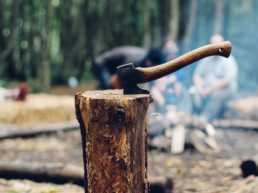
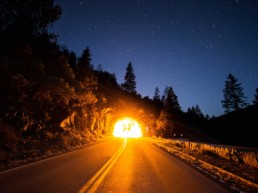
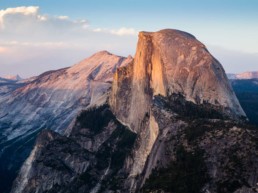
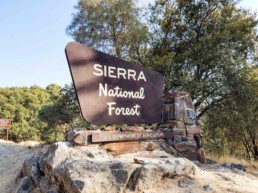
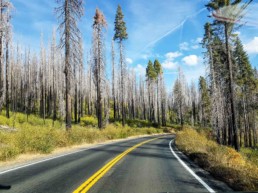
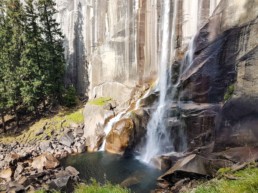
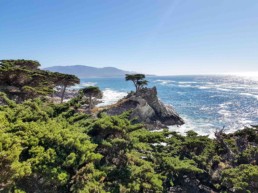
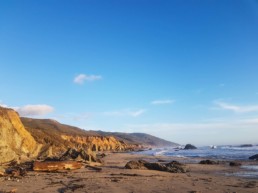
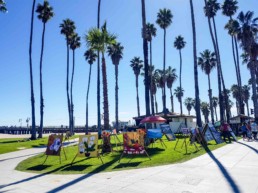
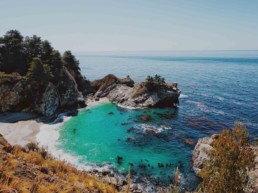
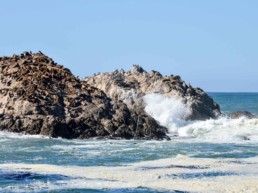
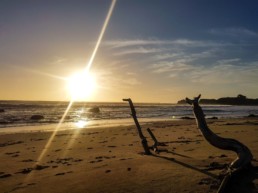
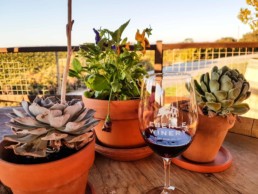
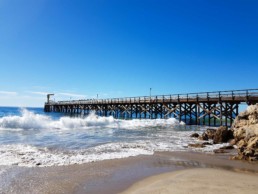
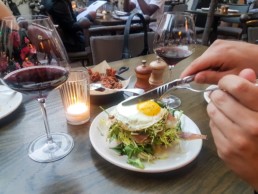
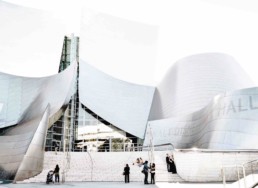
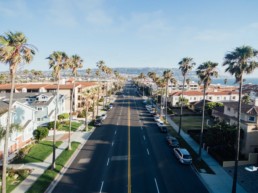
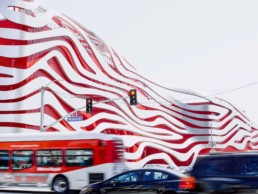
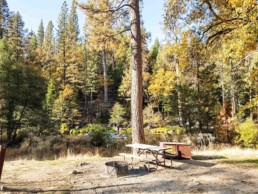
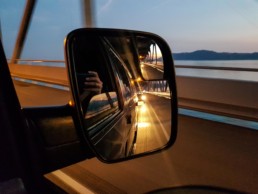
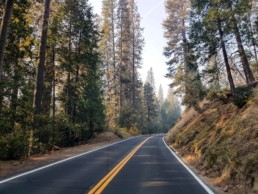
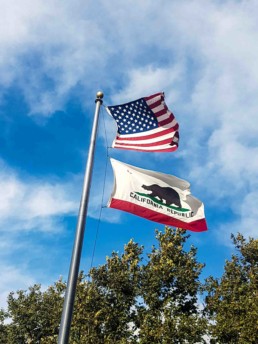
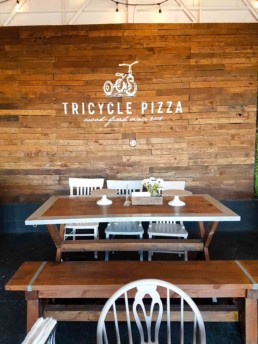
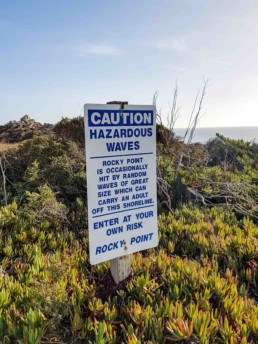
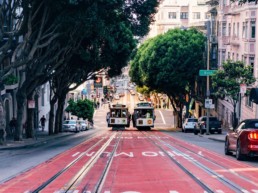
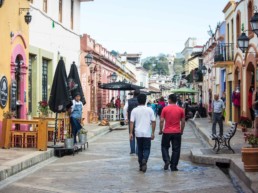
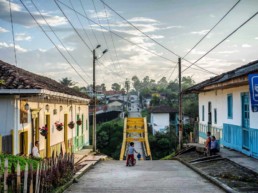
If you own a Campervan for your next adventure, Rental Companies are really helpful and help in choosing the best Campervan family trip. RV rentals are very popular in the USA. I also searched for many Campervan rental companies and one of the best rental company I found on google. And my one friend also recommend me that site. You can also go through their site and get the best RV for your family trip to New Zealand.